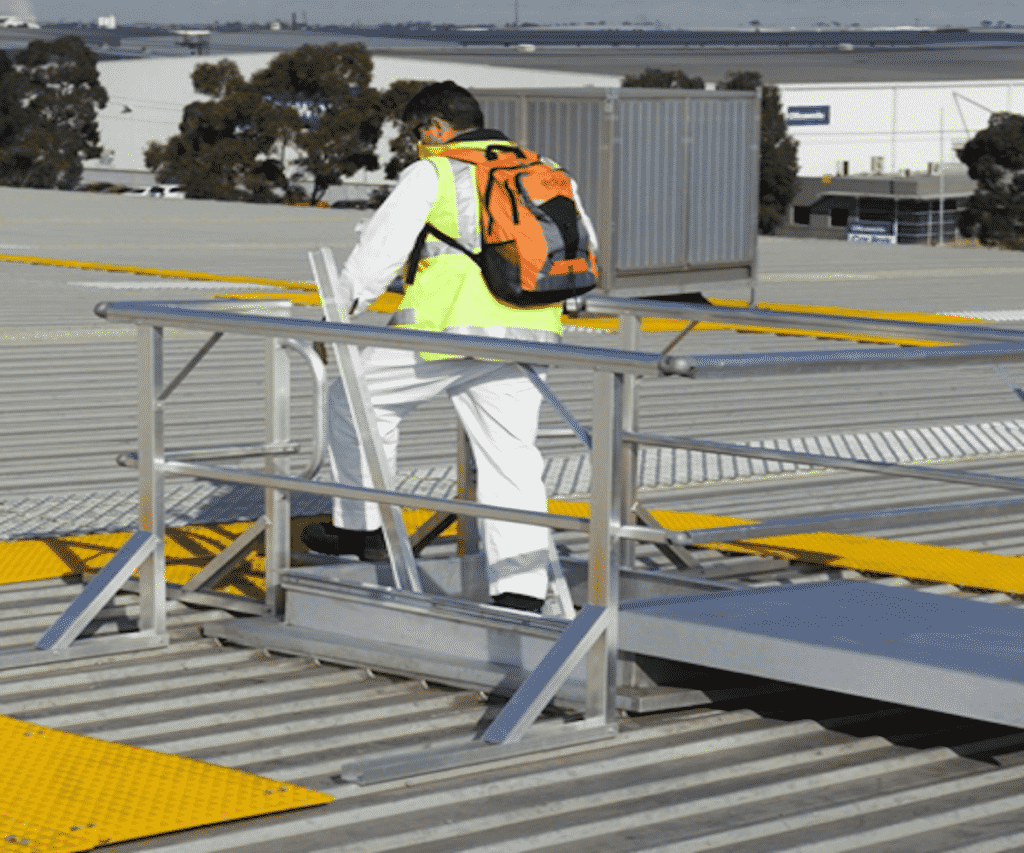A roof access hatch is necessary to provide a place where workers can easily get up onto the roof in the safest manner possible. The access ladder point provides a safe access point onto the roof.
Most types are constructed from galvanised steel, aluminium or stainless steel and have a dome cover. This brings in the natural sunlight and improves lighting conditions. Do you need a roof access hatch Melbourne vendors can provide? In today’s article, we are going to find out all you need to know for wise installations on your premises.
When are Roof Access Hatches Necessary?
Roof access hatches can be installed on non-residential buildings, such as offices, industrial units and hospitals. In these instances, they are installed for rooftop installations, air treatment systems and roof maintenance. They can also be added to residential buildings.
Until a few years ago the more common way to access a roof was by climbing a caged ladder. This was problematic and more dangerous in certain cases. To make the process safer roof access hatches were developed, that only bridge one floor. The design means that the majority of climbing is done inside, which greatly reduces the risks involved, such as weather or anything related to construction on the exterior of the structure.
Advantages of Roof Access Hatches
From the first floor to the roof is only 2.5 to 3 meters which makes the climb relatively safe for the worker. Other advantages include:
- Costs less: A roof access point is a lot less expensive than installing a caged ladder.
- More light: It allows daylight to enter the building, which helps create a safer work environment inside.
- Easy to install: The unit comes complete and only needs to be installed in the correct location, with minimal assembly required.
- Low chance of accidents: For one thing, there is no risk of the hatch accidentally slamming shut even in bad weather.
- No need for a conventional ladder: The ladder system is built in so you don’t need to keep moving a conventional ladder around.
- Built to your specifications: They can be customised to fit your needs and to fit perfectly where you need them installed. Special features that can be added include protection from corrosion. Choose between finishes such as aluminium, paint or powder-coated options.
- Security: A fitted padlock feature prevents unauthorised access.
Answering Your Burning Questions
There is a lot more to roof access hatches than meets the eye. In this section, we answer some of the burning questions you may have.
How do you Access a Roof Hatch?
Workers can use the staircase or ladder access on the inside of the building to reach the top.
Are they Installed at the Time the Building is Constructed?
Most of the time, especially in non-residential buildings, the roof hatch is installed during construction. If the need arises, you can install one later when you realise you need one, permanently or temporarily.
Can they Only be used on Roofs?
No, they can be installed on any level you need access to. Most are installed on the roof, but they can also be installed on the floor, where you need to enter a lower sublevel. In areas that are prone to flooding, they are sometimes installed to provide safe roof access for residents.
Does the Size of the Roof Hatch Matter?
Roof access hatches come in various sizes. You will need to determine where the hatch will be installed. Will the hatch be used only for roof access, or will the workers be required to remove or install equipment? For the latter, the access point must be large enough so equipment can fit through.
Remember to Play it Safe
It’s important to remain vigilant. A roof access hatch that is left open can pose a significant safety hazard. Someone could easily fall through it and be injured. To prevent this, the hatch should only be used by authorised personnel and be kept closed and locked when not in use.
If this method isn’t a practical solution, then a swing gate should be installed so that workers can’t walk directly into the opening. Safety chains need to be operated by staff, whereas a self-closing gate doesn’t need to be manned.
Even though these structures are made of high-quality substances, never forget that this is yet another height safety component that requires proper maintenance. Always make sure it’s in top condition.
Final Thoughts
Roof access hatches are an important safety feature. This is how you protect workers from potential falling. If repairs or installations need to be carried out on the roof, a roof access ladder and hatch ensure that workers can easily carry out the necessary tasks.
This important safety feature shouldn’t be overlooked and could save a life. Is this the installation your structure needs?
Angela Spearman is a journalist at EzineMark who enjoys writing about the latest trending technology and business news.

